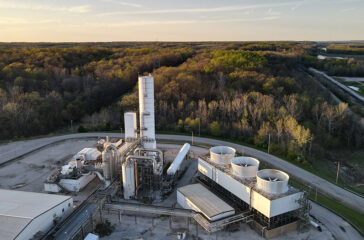As hydrogen projects accelerate, fears mount about environmental impacts
On a recent hot August evening, residents of the tiny rural community of Universal, Indiana packed into a public meeting to barrage operators of a proposed fertilizer plant with an array of concerns about what risks the project may pose for their health and the surrounding environment.
 EWG
EWG